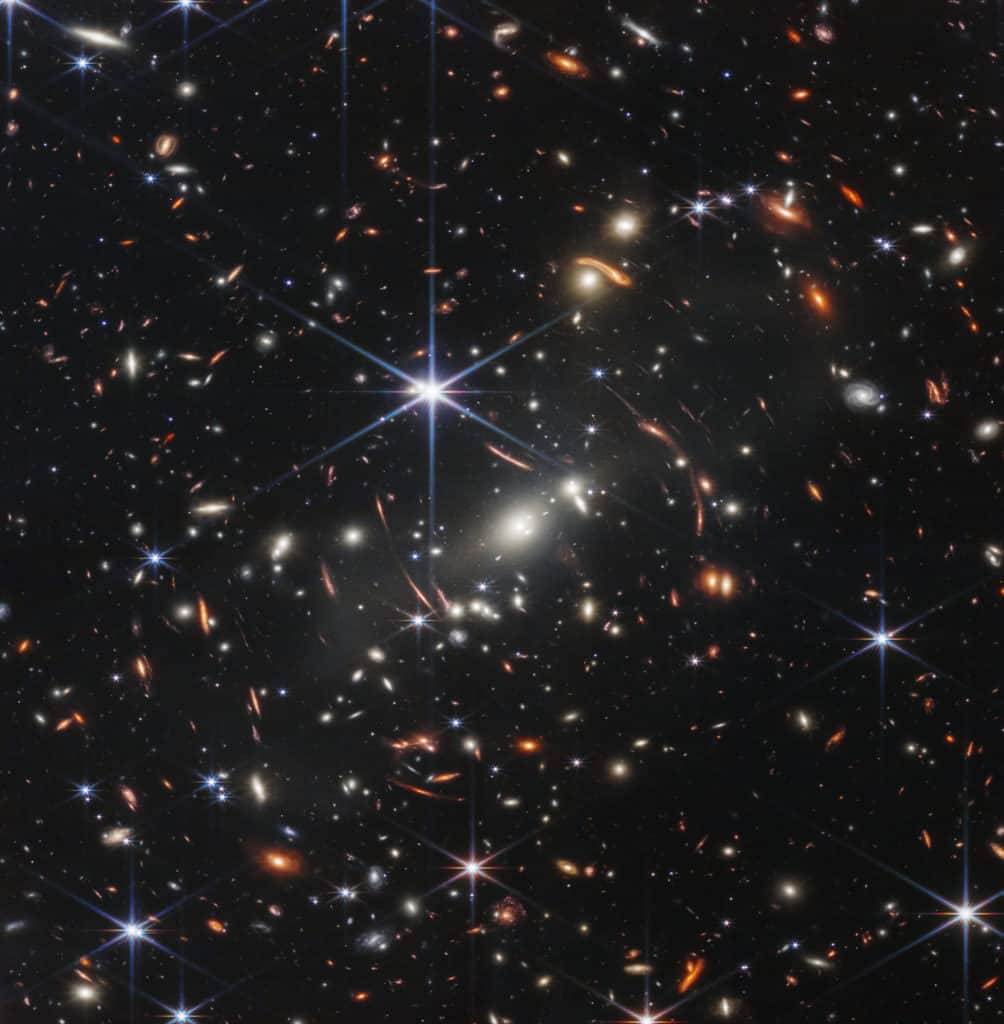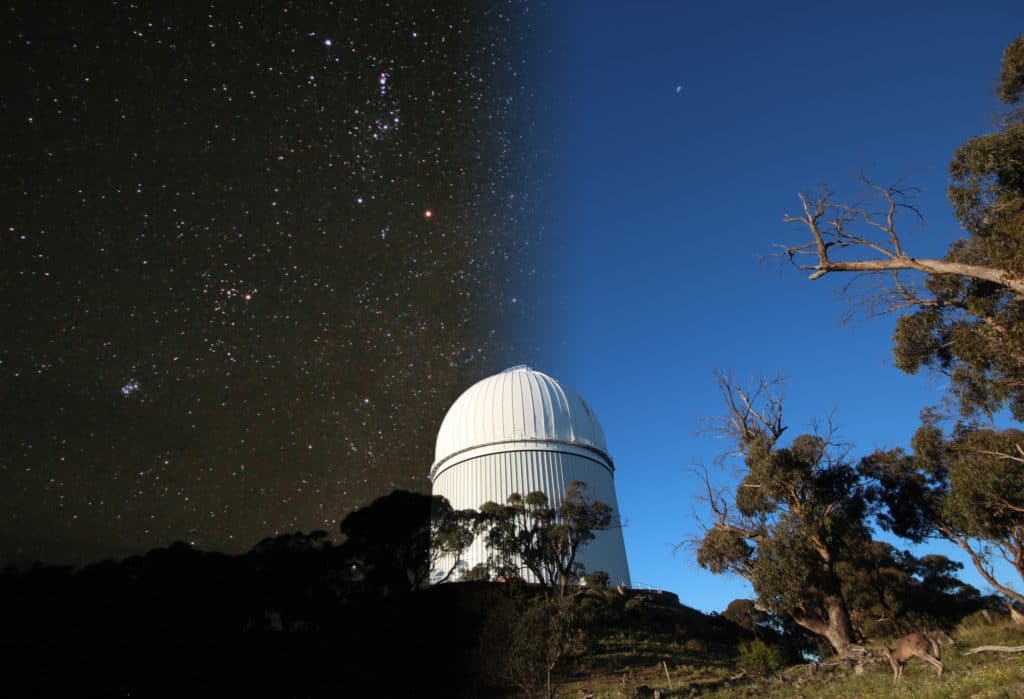What will Australians see with Webb?
Aussie astronomers available for interviews in Melbourne, Sydney, Brisbane, Perth and Canberra.
They’re using Webb to look for the first stars, the first galaxies, baby planets, massive black holes.
Over the past 30 years, Hubble has transformed science and culture, revealing a Universe of 200 billion galaxies. Webb will see further, solving today’s mysteries and creating new ones.

On Tuesday morning Joe Biden will release ‘the first picture’ then NASA will release a suite of images early Wednesday morning from the James Webb Space Telescope, the successor to Hubble.
Nearly 40 researchers across Australia are eagerly awaiting data from web for their projects. Many of them are available to talk on Tuesday about what they hope to see with Webb and about their reaction to the first pictures.
Much of the Webb data is flowing back to Earth through Tidbinbilla, and some comes from an instrument designed by Peter Tuthill at the University of Sydney. He is relieved and excited. “This is a day I have been looking forward to for a big part of my career. Everything about the Webb is so over-the-top audacious – from the titanic articulated mirror down to its orbit out in the cold voids of interplanetary space.”
Continue reading President Biden to release first pics from the $US10 billion James Webb Space Telescope Tuesday 12 July










